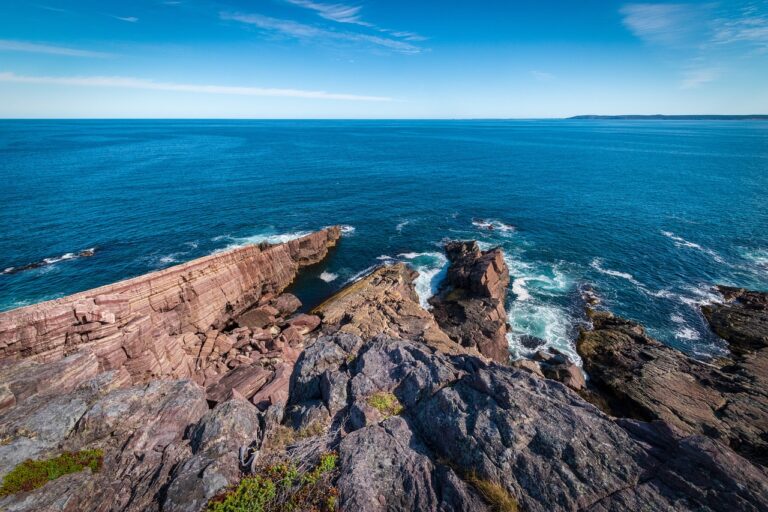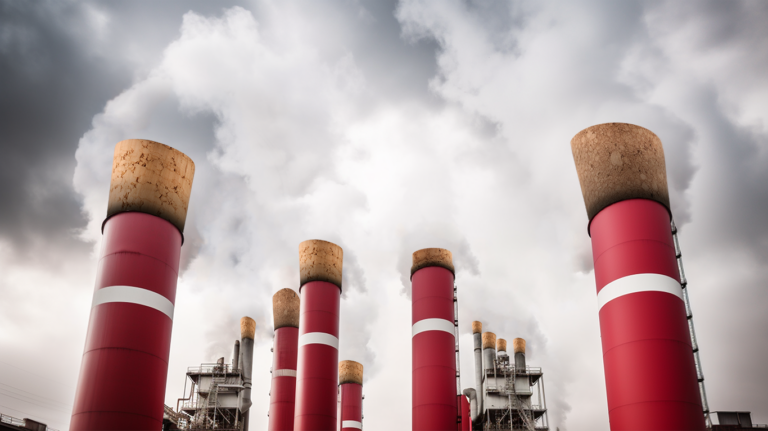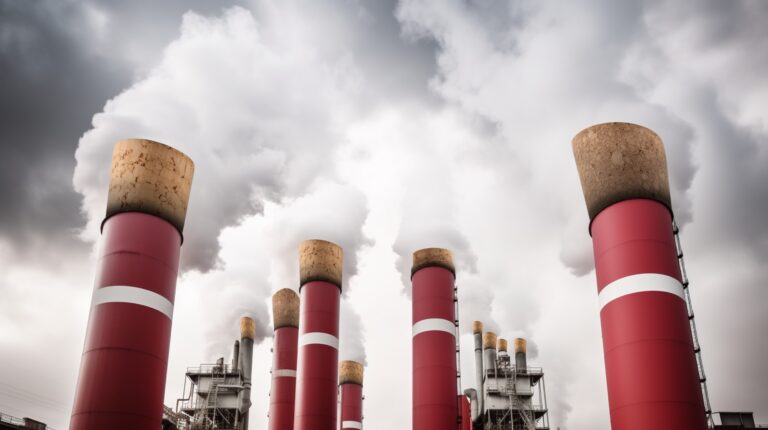So here’s the thing: the pathways to limiting global temperature rise to 1.5°C are quickly closing. If we continue to burn fossil fuels, we will not be able to stop runaway climate change.
But don’t take our word for it.
In 2021, the International Energy Agency released its groundbreaking Roadmap to Net Zero, warning that countries must immediately stop all new fossil fuel exploration and development if we are to have a shot at containing the rising global temperature to within liveable limits.
We’ve heard lots of promises from our federal and provincial governments about reducing greenhouse gas emissions and transitioning to clean renewable energy, but words don’t count without real action.
“The number of countries that have pledged to reach net-zero emissions by mid-century or soon after continues to grow, but so do global greenhouse gas emissions. This gap between rhetoric and action needs to close if we are to have a fighting chance of reaching net zero by 2050 and limiting the rise in global temperatures to 1.5 °C.”
—Dr. Fatih Birol, Executive Director, International Energy Agency, Net Zero by 2050
In 2021, the Prime Minister of Canada stood on the world stage at COP26 and committed to capping Canada’s emissions from the oil and gas sector at current levels and achieving net-zero by 2050.
So why is the Federal Cabinet now considering giving the green light for the massive Bay du Nord oil and gas project off the coast of Newfoundland? The multibillion-dollar project, by Equinor and Husky Energy, goes directly against Canada’s commitments to reduce greenhouse gas emissions and transition to clean renewable energy.
Bay du Nord at a glance
- The project calls for 50 offshore wells and a floating oil production station 500 kilometers east of St John’s, NL.
- It would be Canada’s first deepwater drilling site, with drilling depths of up to 1,200 metres—far deeper than current offshore drilling, which is at a depth of 100 metres or less.
“The probability of a serious accident, fatality, injury, explosion, or fire being reported grows by 8.5 percent with every additional 100 feet of depth at which an offshore platform operates.”
—Offshore drilling has dug itself a deeper hole since Deepwater Horizon – The Verge
- It’s estimated that more than a billion barrels of oil could be extracted over the project’s 30-year lifespan.
- The drilling operation would commence in 2028, and therefore extend beyond 2050—Canada’s deadline for achieving net-zero emissions.
- Oil from Bay du Nord would add millions of tonnes of CO2 to our atmosphere each year. Although Equinor is touting that its actual drilling operation would produce less CO2 than other offshore oil and gas projects, their estimates don’t include the fact that these fossil fuels will be used, also known as downstream emissions.
- Seismic blasting, leaks, and spills pose an enormous environmental risk to marine life and the already-warming ocean.
- The Innu of Ekuanitshit oppose the project, because it threatens the health and safety of their community, as well as their traditional way of life.
- In 2018, Husky Energy had a massive oil spill off the coast of Newfoundland, creating an oil slick 21 kilometres long and eight kilometres wide. It was the province’s worst offshore oil spill—so far.
- In January 2022, the Canadian Science Advisory Secretariat released a report, which found that Equinor’s Environmental Impact Statement was biased, had inappropriate conclusions, and was therefore unreliable to inform decision making.
Promoting Nova Scotia’s Offshore Oil and Gas
According to Nova Scotia’s Department of Natural Resources and Renewables, the province has an offshore potential of 120 trillion cubic feet of natural gas and 8 billion barrels of oil. The department eagerly promotes opportunities for offshore oil and gas exploration and drilling.
The province has attracted two of the world’s largest oil and gas companies—Shell Canada and BP Exploration Ltd—as well as StatOil Canada Limited. These corporations have committed to spending billions for oil and gas exploration off the coast of Nova Scotia over the next several years.
Despite opposition from the Mi’kmaq and the general public, the province continues to court the oil and gas industry. In 2021, Mi’kmaw grandmothers, community members, and their allies successfully defeated Pieridae Energy’s proposed liquefied natural gas (LNG) plant, destined for Goldboro, Nova Scotia. However, Calgary-based Pieridae Energy is now trying to pitch an offshore natural gas platform off Goldboro, capitalizing on Russia’s invasion of Ukraine, which has caused rising oil and gas prices and concerns about energy security. As some have wisely pointed out, the cost of wind and solar hasn’t gone up.
A Costly Decision to Delay
For decades, economists have been warning that delaying the transition away from fossil fuels will cost governments billions more and leave communities behind. Canada now experiences unprecedented flooding, heat waves, and wildfires—conditions that have long devastated the Global South., It’s clear that we must prioritize a just transition away from fossil fuels—not the expansion of the oil and gas industry.
You can’t have it both ways
Welcoming multinationals to Atlantic Canada to extract oil and gas off our shores is not a strategy for capping oil and gas sector emissions or setting Canada on a path to achieve net zero. It’s deceitful, and it needs to stop.
We’re either on board with rapidly transitioning to clean renewable energy or we’re faking it. Which is it?




